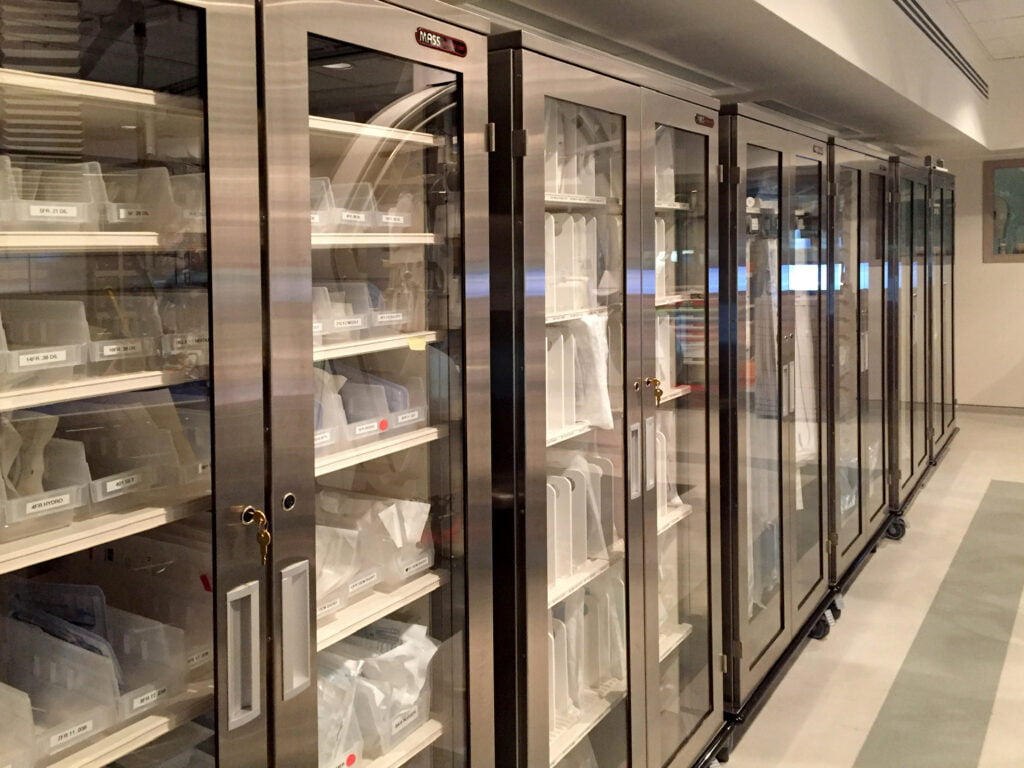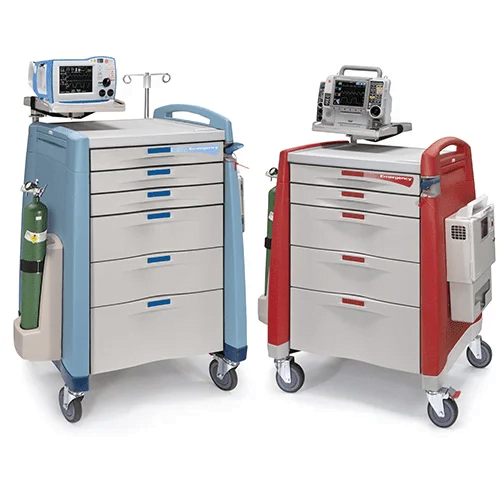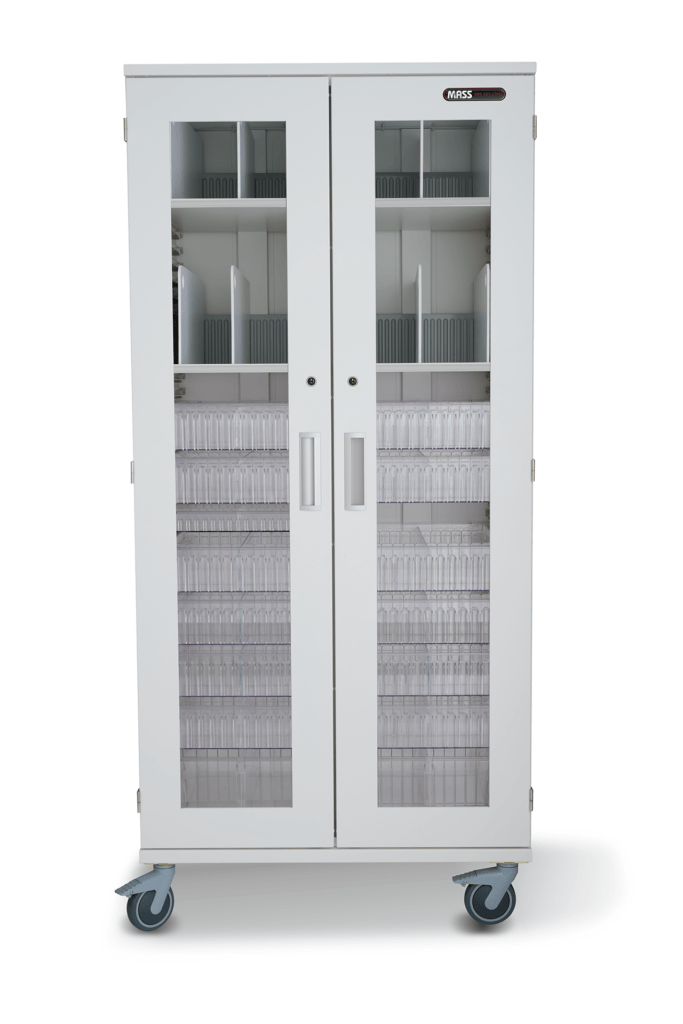
In the dynamic world of healthcare, the surgical sector stands out for the swift precision and meticulous organization required for success. Every instrument, equipment, and medical supply item can be critical in life-saving procedures. Surgical inventory management ensures patient safety and helps facilitate the seamless execution of medical procedures in such an environment.
Managing and organizing your surgical supply inventory might seem daunting. After all, it requires more than just tracking and monitoring — you must order new medical supplies and surgical equipment strategically, throw out expired materials, and constantly check that you have what you need.
So, how do you balance the fine line between having enough inventory and avoiding overstocking? Read on to learn what surgical inventory management entails and how to optimize it to create an efficient and organized surgical supply operation that supports your procedure workflow.
The backbone of a successful surgical department lies in its ability to manage inventory effectively. This is where surgical inventory management is a strategic imperative that supports every surgical procedure by maintaining the right tools at the right time.
Surgical inventory management oversees and controls the availability, storage, tracking, and utilization of medical/surgical supplies, equipment, and consumables within a healthcare facility. These management systems involve:
You can employ several methods to create a surgical inventory system that’s as dynamic and responsive as the healthcare environment it supports.
Stocking and ordering supplies are the basis of inventory management. The key to success is to track stock meticulously by monitoring crucial details, such as the quantity, expiration date, suppliers, and reorder levels of your supplies.
You should establish a robust inventory tracking system to implement this method effectively. One of the best approaches is to use a digital inventory management system. This system can automate the tracking process and alert staff when stock levels fall below a predetermined threshold or when items are near expiration.
You should also build strong relationships with suppliers to keep a steady stream of necessary items. Finally, conduct regular inventory audits to identify usage trends. This can inform more accurate ordering and prevent overstocking and understocking.
Integrating technology can help turn your inventory system into a well-oiled machine. You can use technology to organize and label inventory, track access and usage, and monitor stock levels in real time.
A few ways you can adopt technology include:
The key here is to choose scalable solutions that integrate seamlessly into your existing workflows. By doing so, surgical supply management becomes a strategic asset in delivering high-quality patient care.
Monitoring expiration dates is another critical task that directly impacts patient safety. Efficiently tracking these dates keeps all surgical supplies safe and allows you to utilize surgical storage space for viable, adequate supplies.
You can incorporate several strategies to monitor expiration dates effectively:
Demand forecasting involves analyzing usage patterns to predict which items you’ll need most frequently and in what quantities. It helps you avoid overstocking and understocking, which can lead to increased costs and waste or delays in surgical procedures. To implement demand forecasting effectively, you can analyze historical usage data to reveal trends about which items get used most frequently and are prone to running out.
Furthermore, advanced inventory management systems can assist demand forecasting by providing detailed reports and predictive analytics. These insights allow you to adjust your ordering patterns for a more efficient supply chain. This helps improve budgeting for future purchases and always keeps essential supplies in stock.
By adopting a proactive approach to demand forecasting, you can optimize your inventory levels, reduce costs, and enhance the quality of patient care.
While keeping supplies well-organized is important, security is an even bigger priority. High-quality medical storage cabinets and procedure carts are the solution. They maintain an organized inventory and provide easy access to supplies while securing them against unauthorized access.
Capsa Healthcare provides a variety of solutions you can incorporate into your practice to enhance the security and organization of surgical supplies, such as:

These adaptable mobile workstations are designed with the complexities of healthcare environments in mind, ensuring only authorized personnel can access surgical supplies. As a result, you can maintain your inventory’s integrity and comply with regulatory requirements.
Lastly, you must maintain a balanced budget to optimize resources without compromising patient care. One of the key strategies is leveraging demand forecasting, which allows you to plan your budget based on historical data and trends.
Other practical measures include:
Boston Medical Center (BMC) tackled challenges with outdated code carts, impacting workflow and patient safety. In 2016, they aimed to standardize new carts, addressing issues like clutter, accessibility, and inconsistent designs. A diverse Code Committee evaluated solutions, ultimately choosing Capsa Healthcare’s Avalo Emergency Cart for its ergonomic design and efficiency.
Post-implementation, the redesigned carts received positive feedback for their organized, less crowded design. The new layout significantly reduced the time to administer medications, enhancing efficiency and focusing on patient safety. BMC’s project not only improved the physical design of the carts but also standardized the hospital’s emergency response equipment.
BMC’s experience underscores the importance of several aspects crucial to surgical inventory management:

Mastering the art of surgical inventory management is about more than just keeping shelves stocked. By utilizing the above methods, you can achieve enhanced operational efficiency, ensure patient safety, and drive cost-effectiveness.
Capsa Healthcare offers excellent medical storage solutions if you’re looking for high-quality medical storage cabinets, crash carts, procedure carts, and more. View our wide variety of products today to see how they can aid you in optimizing supply organization and storage for your surgical inventory management.